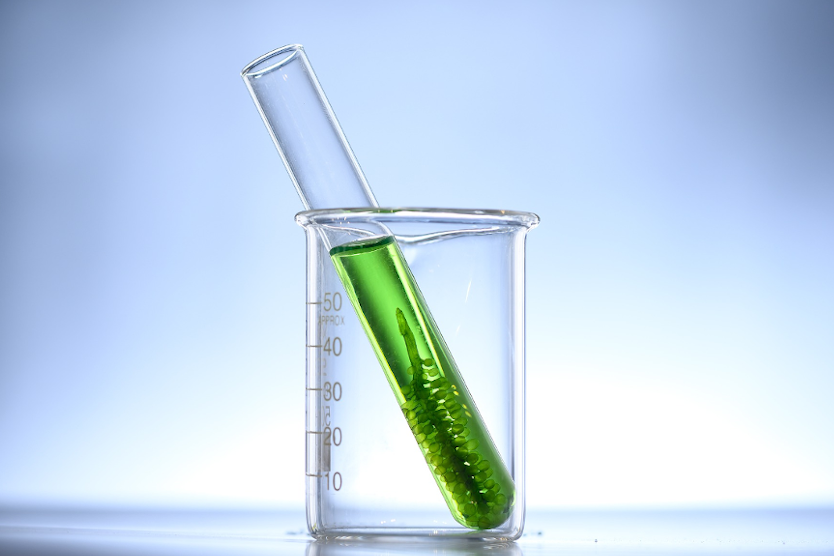
The scientists were able to modify a bacterium from freshwater algae so that it produces significantly more H2 for long periods of time, without consuming it.
© Pixabay
The energy that falls to earth every day as sunlight far exceeds our planet’s energy needs – if only we could find more efficient means to harness it. Scientists at the Botanical Institute of the Christian-Albrechts University of Kiel (CAU) are investigating how cyanobacteria (blue-green algae) could be developed to produce a sustainable source of hydrogen using photosynthetic processes.
In natural photosynthesis, solar energy is stored in carbon compounds such as sugar, but the cycle can also be reversed to recover solar energy. The research group 'Bioenergetics in Photoautotrophs' at CAU have been working with a highly phototropic, single-celled organism called Synechocystis which possesses hydrogenase – an enzyme which can catalyse both production and consumption of H2. The organism naturally produces solar hydrogen via photosynthesis for a few minutes, before it is subsequently consumed by the cell. The scientists were able to modify the bacterium so that it produces significantly more H2 for long periods of time, without consuming it.
“We succeeded in fusing the hydrogenase with the so-called photosystem I in such a way that the electrons are primarily used for the production of hydrogen, while the normal metabolism continues to lesser extents," explains the project leader Dr Kirstin Gutekunst in Nature Journal which published the findings on the 4th of May.
Similar approaches for solar H2 production already existed in vitro (in test tubes), but the gas was produced in short bursts and the process had to be endlessly repeated. By contrast, the “in vivo” approach developed by Dr Gutekunst’s team means that H2 can now be generated continuously.
The discovery lays the groundwork for the development of “green hydrogen factories” from farmed cyanobacteria. A technology that uses solar rays to produce H2, which is then used as fuel to provide energy plus water (and zero CO2) is highly desirable for the climate-neutral economy.


